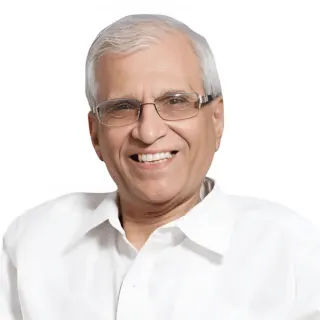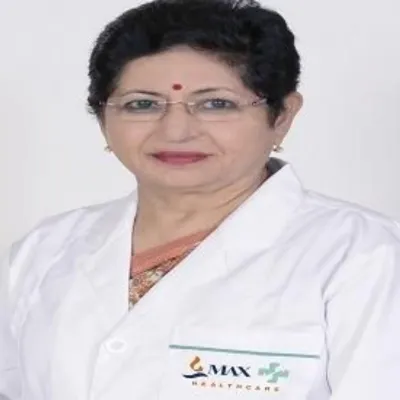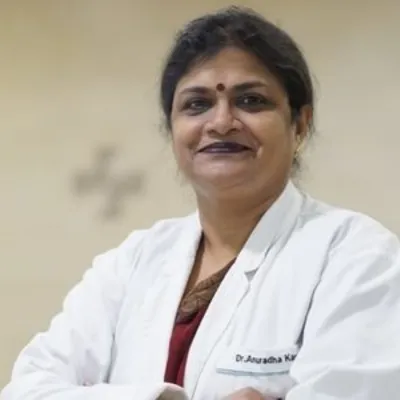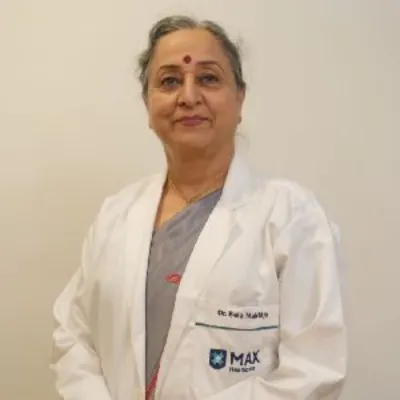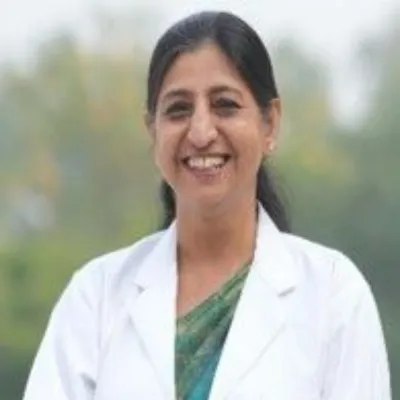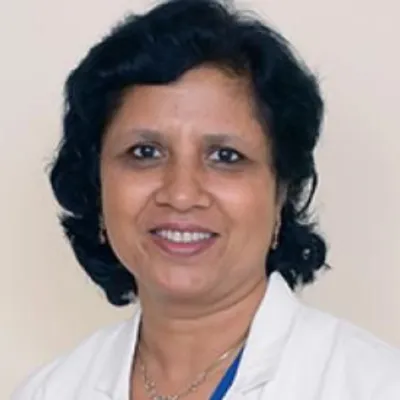Best Cardiologists in Medanta Hospital Gurgaon
 04 December,2025
Read More
04 December,2025
Read More
Enquire now in case of any assistance needed
 18 April,2025
18 April,2025
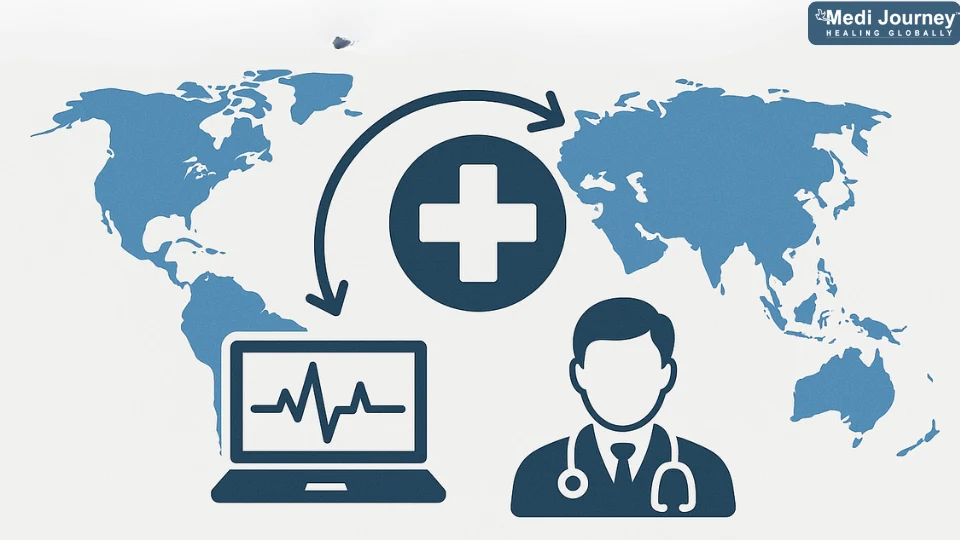
Healthcare challenges don't stop at borders anymore. From fighting pandemics to tackling chronic diseases, countries simply can't go it alone these days. That's why the exchange of medical knowledge and collaboration across nations isn't just for papers. It is truly beneficial and absolutely essential. As healthcare evolves worldwide, partnerships across borders are shaping a future that's more inclusive, innovative, and resilient.
When countries cooperate on healthcare, everyone wins. It creates ongoing opportunities for learning, innovation, and progress. Both developed and developing nations benefit tremendously from medical technology collaboration. Breakthroughs in diagnostics, surgical tools, telemedicine, and AI-driven treatments can be shared, allowing everyone to move forward together. Read on to understand how nations are fostering medical knowledge and technologies, and what we can do to make them better.
Fill up the form and get assured assitance within 24 hrs!
The World Health Organisation has found that global health partnerships have cut mortality rates for communicable diseases in developing countries over the last twenty years. Meanwhile, the OECD notes that international medical research collaborations have accelerated drug discovery by about 30% on average. Last year alone, countries signed over 100 bilateral health cooperation agreements, according to the Global Health Observatory.
These numbers tell us what many healthcare professionals already know. Crossing borders with medical knowledge saves lives.
Knowledge doesn't just flow naturally between healthcare systems. It happens through several key channels:
When universities and medical centres work together across borders, they share crucial data, clinical outcomes, and disease patterns. Harvard Medical School's work with partners like Partners in Health in India and Brazil has led to significant breakthroughs in TB treatment and newborn care. These partnerships often produce joint publications, unified treatment guidelines, and therapies that work globally rather than just locally.
Events like the World Health Summit are more than just fancy gatherings. They're vital spaces where doctors and researchers present their findings, explore innovations, and build relationships that lead to further collaboration.
These conferences help level the playing field, making sure professionals from resource-limited settings can access current best practices. The networking that happens over coffee between sessions often matters as much as the formal presentations.
Top hospitals frequently train doctors from abroad. Mayo Clinic and Cleveland Clinic run fellowship programs that bring physicians from around the world to learn advanced techniques firsthand.
We have spoken with doctors who have returned to their home countries after such programs. They bring not only knowledge but renewed confidence and connections that last throughout their careers. There's simply no substitute for hands-on training.
Telemedicine has completely transformed how knowledge moves. Project ECHO connects specialists in well-equipped hospitals with providers in underserved areas for real-time mentoring and support. A doctor in rural Kenya can now get guidance from experts in Boston without either person needing to board a plane.
It's amazing how a stable internet connection can now deliver world-class medical expertise to previously isolated communities.
Knowledge sharing is crucial, but transferring actual medical technologies makes that knowledge usable. Smart technology transfer programs ensure that innovations are adapted to local conditions rather than being dropped in without context.
The pandemic showed us both the best and worst of global collaboration. The COVAX initiative, led by GAVI, WHO, and CEPI, demonstrated how vaccines developed in Europe and America could reach over 92 lower-income countries. At the same time, crucial data from South Africa and India helped shape treatment protocols worldwide.
Was it perfect? Far from it. But it showed what's possible when countries cooperate during a crisis.
AI-based diagnostics represent another frontier in collaboration. Joint efforts between German and Singaporean researchers have produced AI systems that catch early-stage lung disease with over 90% accuracy. These tools are now being tested in clinics across Europe and Southeast Asia. This shows how technology developed in one context can save lives in a different context.
The Japanese government is actively advancing the "Asia Health and Wellbeing Initiative" (AHWIN) and "Africa Health and Wellbeing Initiative" (AfHWIN) through a comprehensive approach to medical research and development. These programs systematically foster new healthcare industries with the ultimate goal of creating societies where people can enjoy longer, healthier lives.
This kind of medical technology collaboration builds clinical capacity while fostering goodwill between nations. It's healthcare diplomacy at its finest.
None of this happens without supportive policies. Medical knowledge exchange needs frameworks that allow for the recognition of licenses and streamlined regulations.
Many countries and international organisations have established major funding initiatives for cross-border health research and innovation. Similarly, regulatory authorities worldwide are increasingly signing bilateral and multilateral agreements to harmonise their requirements and standards.
These frameworks are the difference between innovations spreading quickly and getting stuck in regulatory limbo for years.
When healthcare knowledge and technology flow freely across borders, everyone wins:
Despite the clear benefits, real obstacles remain:
Overcoming these challenges requires ongoing conversation, mutual respect, and a genuine investment in global health equity. It's complicated work, but the alternative to isolated healthcare systems serves no one well.
As healthcare knowledge and technologies cross borders more freely, patients have followed. Medical tourism is becoming mainstream.
The Medical Tourism Association reports that over 14 million people travel internationally for medical care each year. This market is expected to reach $180 billion by 2025, driven by high costs in developed countries and the increasing availability of excellent care elsewhere.
India, Thailand, Turkey, Mexico, and Singapore have emerged as popular destinations. They offer world-class treatment at a fraction of the cost that patients would pay in the U.S. or Western Europe.
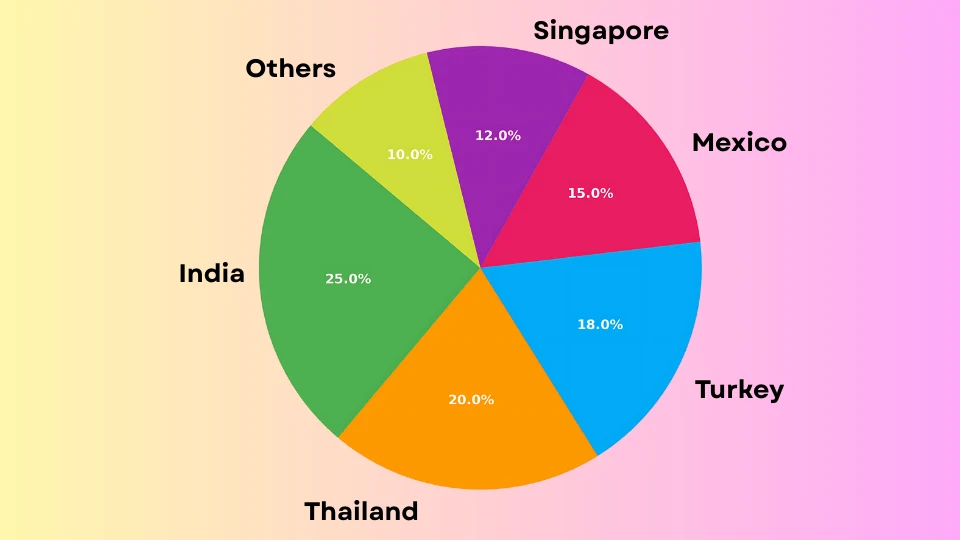
The pie chart above shows the top medical tourism destinations for 2025. India leads with a 20% global share, followed by Thailand (18%) and Turkey (15%). Mexico (12%) and Singapore (10%) also feature prominently, while 25% is shared by other countries—highlighting India’s strong position in global medical tourism.
That said, arranging treatment abroad isn't simple. Visas, hospital selection, travel logistics, and legal paperwork can overwhelm patients already dealing with health issues. That's where specialised help becomes invaluable.
MediJourney takes the headache out of medical travel. We've seen how overwhelming it can get. You're already dealing with health concerns, and suddenly you're drowning in hospital options, travel logistics, and language barriers.
What really sets us apart? For starters, our network spans over 100 trusted hospitals across several countries. But it's the personal touch that makes the difference. Our case managers stick with you throughout the journey, answering midnight questions, translating complex medical terms, and even checking in after you're back home.
We are refreshingly upfront, too. No hidden fees, no exaggerated success rates. Just clear costs, verified doctor credentials, and realistic timelines. And we won't send you anywhere where we wouldn't go ourselves. Every facility meets strict NABH or JCI certification standards.
Whether you're considering cancer treatment in India, need a hip replacement in Turkey, or are looking for heart care options in Thailand, we'll help you find quality care without breaking the bank.
The exchange of medical knowledge and collaboration on medical technology between countries isn't just changing healthcare, it's democratising it. It brings together brilliant minds, breakthrough innovations, and quality infrastructure from every corner of the globe for one purpose: improving human health. And with medical tourism on the rise, this collaborative spirit now extends directly to patients themselves.
For those considering medical care beyond their borders, MediJourney provides the guidance needed to make that journey successful. We get it thoughtfully planned, expertly guided, and delivered with genuine compassion. Contact us today to know more.
Fill up the form and get assured assitance within 24 hrs!
B.Sc in Media Science, NSHM Knowledge Campus, Kolkata, 2019-2022
Suryani Dutta is a passionate content writer with a background in media studies, equipping her with a deep understanding of storytelling, audience engagement, and digital trends.
With over 23 years of experience, Dr. Vipul Nanda, an eminent Plastic and Cosmetic Surgeon, excels in surgical and non-surgical procedures, including filler, mesotherapy, laser, and dermatology....
Senior Consultant
Medical Oncologist
Nanavati Super Specialty Hospital, Mumbai
WhatsApp UsSenior Director
Gynecologist and Obstetrician, IVF Specialist
Max Super Speciality Hospital, Shalimar Bagh, New Delhi
WhatsApp UsSenior Director
Gynecologist and Obstetrician, IVF Specialist
Max Smart Super Speciality Hospital, Saket, New Delhi
WhatsApp UsSenior Director
Gynecologist and Obstetrician
Max Smart Super Speciality Hospital, Saket, New Delhi
WhatsApp UsSenior Director
Gynecologist and Obstetrician
Max Smart Super Speciality Hospital, Saket, New Delhi
WhatsApp UsSenior Director
Gynecologist and Obstetrician
Max Smart Super Speciality Hospital, Saket, New Delhi
WhatsApp UsThe Art of Effective Communication
 04 December,2025
Read More
04 December,2025
Read More
 27 November,2025
Read More
27 November,2025
Read More
Trusted by Patients
"I am Asim from Bangladesh and was looking for treatment in India for neuro. I visited many websites to get the complete information regarding the treatment but I was not satisfied as I was getting confused. In the meanwhile, one of my friends suggested I seek help from Medi Journey as he experienced his medical journey very smoothly and was satisfied with it. They have filtered the top 10 doctors as per experience, the success rate of surgery & profile, so it helps us to choose the best treatment in India. "
"For my knee surgery, Medi Journey guided me to BLK Hospital where I received exceptional care. The team's support and the expertise at BLK Hospital exceeded my expectations. Thank you Medi Journey for making my medical journey stress-free. "
"I came from Iraq for my granddaughter's eye surgery in India facilitated by Medi Journey, due to critical cases they advised us to get a second opinion from the different hospitals before going to surgery. Finally, we went to Fortis Escort Hospital, which helped us to get more confidence for diagnosis. Fortis Escort Hospital has the best eye surgeon team with the latest instruments. Thanks to all team members for providing a high-quality treatment in India at an affordable cost. "
"I came for my hair transplant in India, before coming I was so confused about choosing the best clinic and surgeon for me. But thanks to God one of my friends had a hair transplant in India through Medi Journey. He recommended me to go with them. I am completely happy with my experience with them. They were always very fast in their responses to me. the success rate of my hair transplant surgery is 100%."
"Artemis Hospital, suggested by Medi Journey, turned out to be a great choice for my treatment. The personalized assistance and medical care were exceptional. I'm grateful to Medi Journey for guiding me to a hospital that perfectly matched my needs. Highly recommended! "
"I came from Afghanistan for my treatment in India at Jaypee Hospital, Noida. I had a fantastic experience with Medi Journey. Kudos to them for their incredible support during my medical journey. They not only took care of all the logistics but also connected me with a fantastic healthcare team. Efficient, caring, and highly recommended for a hassle-free medical tourism experience."
"I am Adam from Kano, Nigeria, one of my friends from Nigeria was facilitated by Medi Journey, and he recommended us to go with them. I sent my all reports to them and within 48 hours they reverted with 4 options from different hospitals. They helped me to get a Visa letter from the hospital, arrange pick-up from the airport, and book a hotel for me. Their team is very honest and throughout our stay in India they are with us they are caring for us like his family members. BLK Hospital is the best hospital in India with a top surgical oncologist surgeon team, a very advanced OT, and a Radiotherapy department. I wish more success to Medi Journey. "
"Great experience at the Max Hospital for my spine surgery and was successfully done. I thank my neurosurgeon and his entire team. I recommended all of my country's people to Medi Journey for treatment in India, they choose the best hospital, the best doctors, and the best cost for patients."
"I came to India from Dhaka, Bangladesh for my father-in-law's cardiac surgery at Fortis Hospital. I was confused about choosing the best surgeon for him before coming, but their team helped me to choose the best hospital and best cardiac surgeon in India with very good cost and 100% success rate of surgery. I am very happy with the services, really they make my journey so comfortable that make me feel at home. Thanks again and I like people to choose "Medi Journey" as your travel guide. "
"I am Mohammad from Bangladesh came to India for my general health checkup. Medi Journey offers me the complete package including Pick-up from the airport, hotel services, and 24-hour assistance. They guide you to choose the best hospital in India, the best cost of treatment with top-most doctors and give you complete information about hotel booking, and pick-up from the airport before coming to India They have the best team to help. Always choose Medi Journey for your treatment in India."
